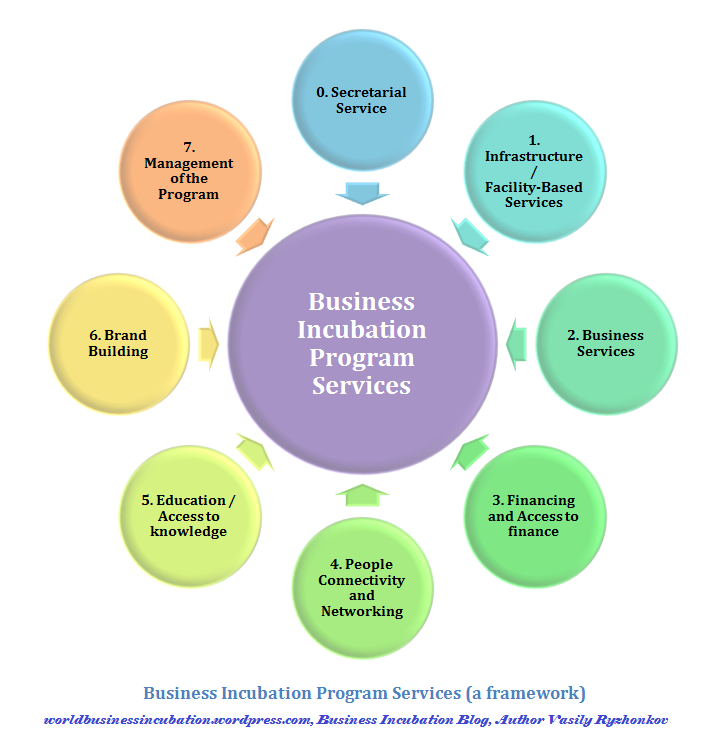Swiss Company Registration Service
Hotline: 86-755-82143422 Email: anitayao@citilinkia.com
Swiss Politics Overview
The Federal Constitution adopted in 1848 is the legal foundation of the modern federal state. It is among the oldest constitutions in the world. A new Constitution was adopted in 1999, but did not introduce notable changes to the federal structure. It outlines basic and political rights of individuals and citizen participation in public affairs, divides the powers between the Confederation and the cantons and defines federal jurisdiction and authority. There are three main governing bodies on the federal level:[60] the bicameral parliament (legislative), the Federal Council (executive) and the Federal Court (judicial).
Swiss Politics--- Parliament
The Swiss Parliament consists of two houses: the Council of States which has 46 representatives (two from each canton and one from each half-canton) who are elected under a system determined by each canton, and the National Council, which consists of 200 members who are elected under a system of proportional representation, depending on the population of each canton. Members of both houses serve for 4 years. When both houses are in joint session, they are known collectively as the Federal Assembly. Through referendums, citizens may challenge any law passed by parliament and through initiatives, introduce amendments to the federal constitution, thus making Switzerland a direct democracy.

Swiss Politics--- Federal Council
The Federal Council constitutes the federal government, directs the federal administration and serves as collective Head of State. It is a collegial body of seven members, elected for a four-year mandate by the Federal Assembly which also exercises oversight over the Council. The President of the Confederation is elected by the Assembly from among the seven members, traditionally in rotation and for a one-year term; the President chairs the government and assumes representative functions. However, the president is a primus inter pares with no additional powers, and remains the head of a department within the administration.
The Swiss government has been a coalition of the four major political parties since 1959, each party having a number of seats that roughly reflects its share of electorate and representation in the federal parliament. The classic distribution of 2 CVP/PDC, 2 SPS/PSS, 2 FDP/PRD and 1 SVP/UDC as it stood from 1959 to 2003 was known as the "magic formula". Following the 2011 Federal Council elections, the seven seats in the Federal Council were distributed as follows:
1 seat for the Christian Democratic People's Party (CVP/PDC),
1 seat for the Conservative Democratic Party (BDP/PBD),
2 seats for the Free Democratic Party (FDP/PRD),
2 seats for the Social Democratic Party (SPS/PSS),
1 seat for the Swiss People's Party (SVP/UDC).
The function of the Federal Supreme Court is to hear appeals against rulings of cantonal or federal courts. The judges are elected by the Federal Assembly for six-year terms.
Contact Us
For further queries about investment in Switzerland, please do not hesitate to contact ATAHK at anytime, anywhere by simply calling China hotline at 86-755-82143422, 86-755-82143512, or emailing to anitayao@citilinkia.com